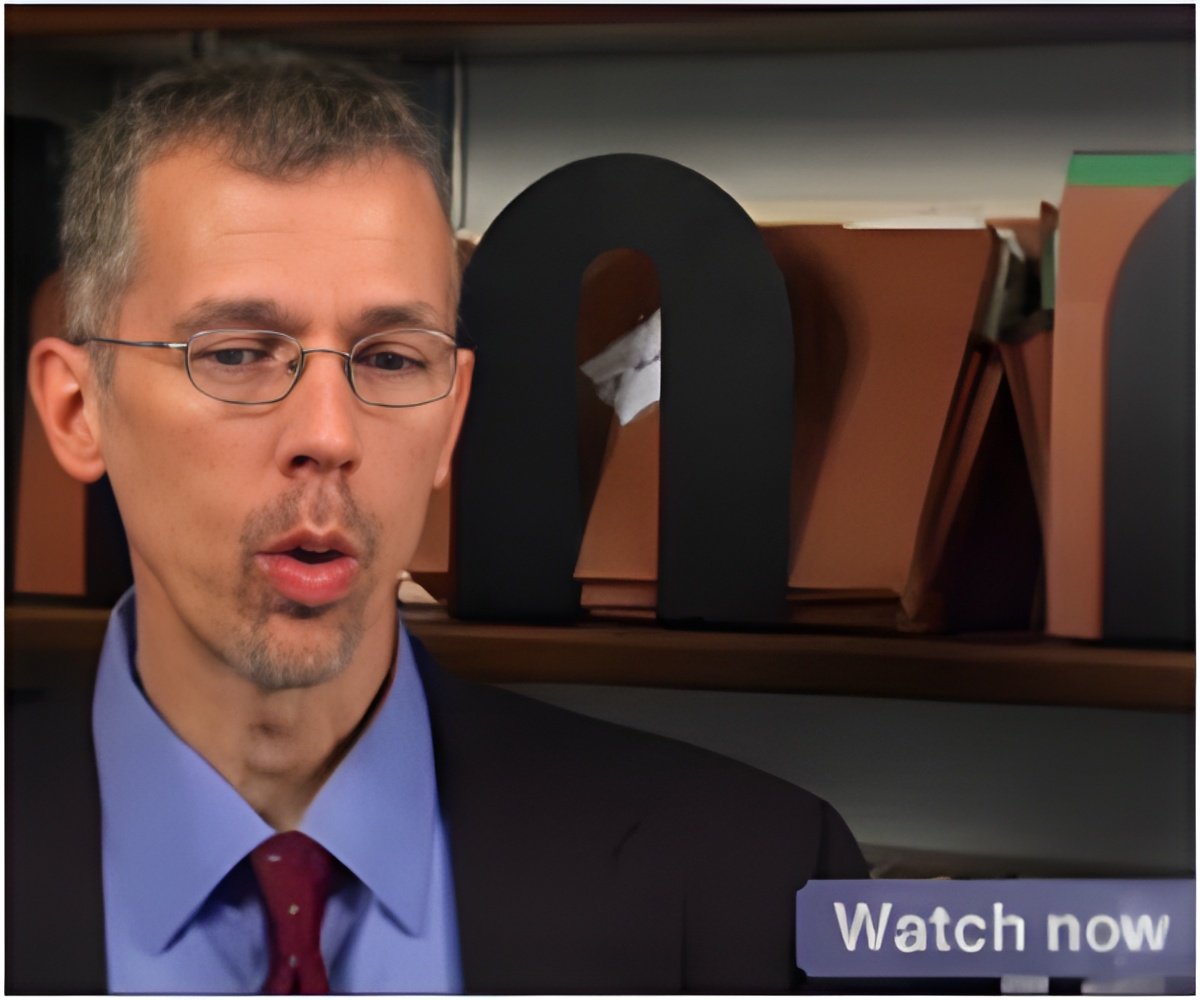
Shattuck also found that the odds of not receiving any services were more than three times higher for African-American young adults compared with white young adults and more than five times higher for those with incomes of $25,000 or less relative to those with incomes over $75,000.
In his study, published in the current issue of the Archives of Pediatric and Adolescent Medicine, Shattuck looked at medical, mental health, speech therapy and case management services. He found that overall rates of service use were 23.5 percent for medical services, 35 percent for mental health services, 41.9 percent for case management and 9.1 percent for speech therapy.
This compares with service use while in high school: 46.2 percent received mental health services, 46.9 percent had medical services, 74.6 percent were getting speech therapy and 63.6 percent had a case manager. Shattuck says that the years immediately following the age at which students typically exit from high school are pivotal for all youths.
A positive transition creates a solid foundation for an adaptive adult life course and a negative transition can set the stage for a pathway fraught with developmental, health and social difficulties, he says. Youths with ASDs are especially vulnerable during this period because of their challenges with communication and social interaction, greater reliance on others for aid and high rates of health and mental health problems.
Shattuck notes that there is a dearth of nationally representative data on the prevalence and correlates of service use among young adults with ASDs.Basic descriptive data on the prevalence and patterns of service use are necessary for planning by policy makers and administrators,Shattuck says.
Advertisement
Data for this report came from the National Longitudinal Transition Study 2 (NLTS2), a 10-year study conducted from 2000-2010 by SRI International for the U.S. Department of Education that followed more than 11,000 youths enrolled in special education as they aged into adulthood.
Advertisement
Source-Newswise












